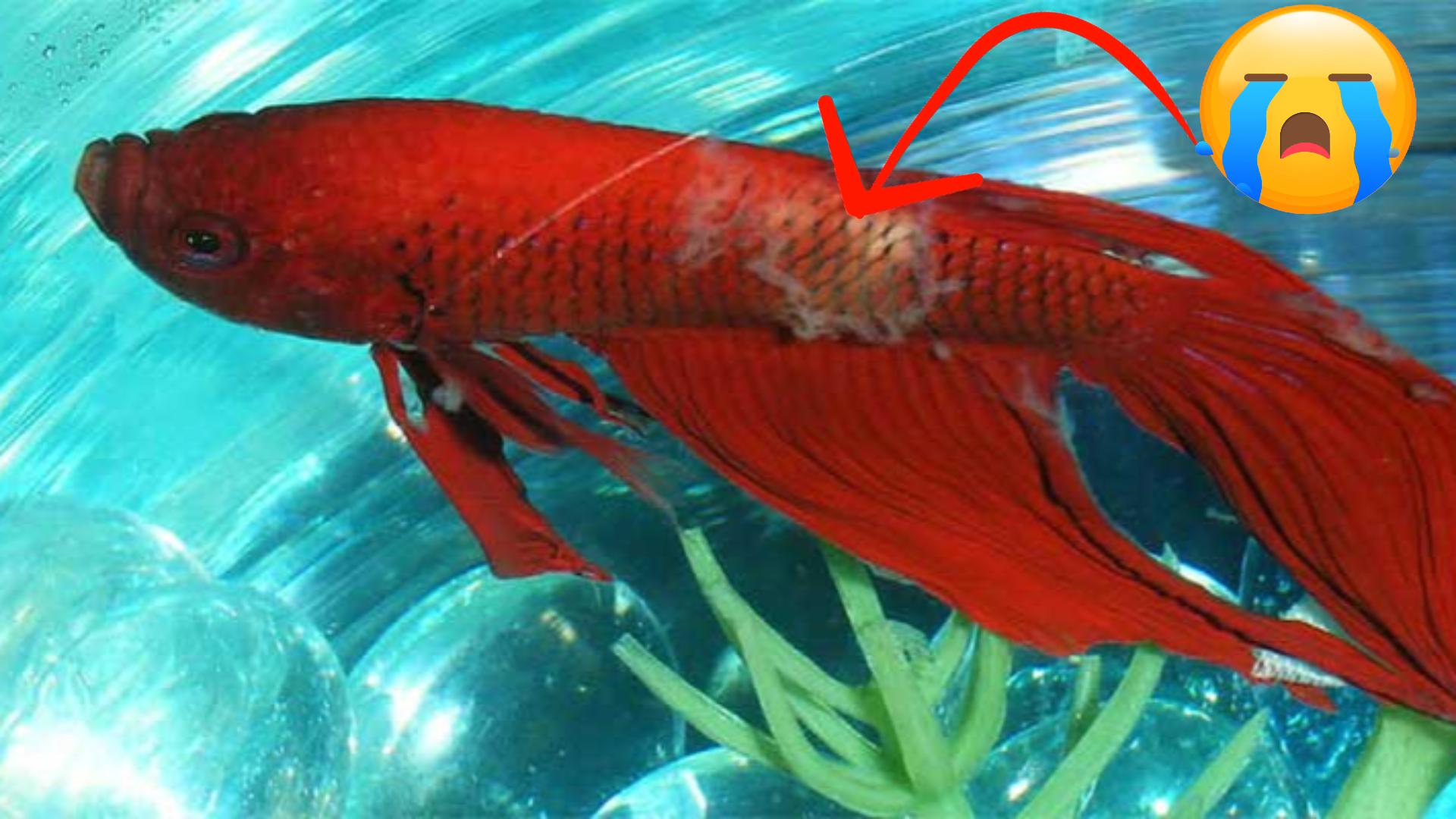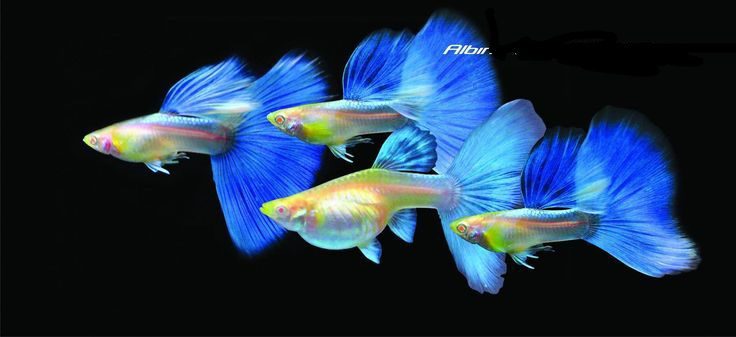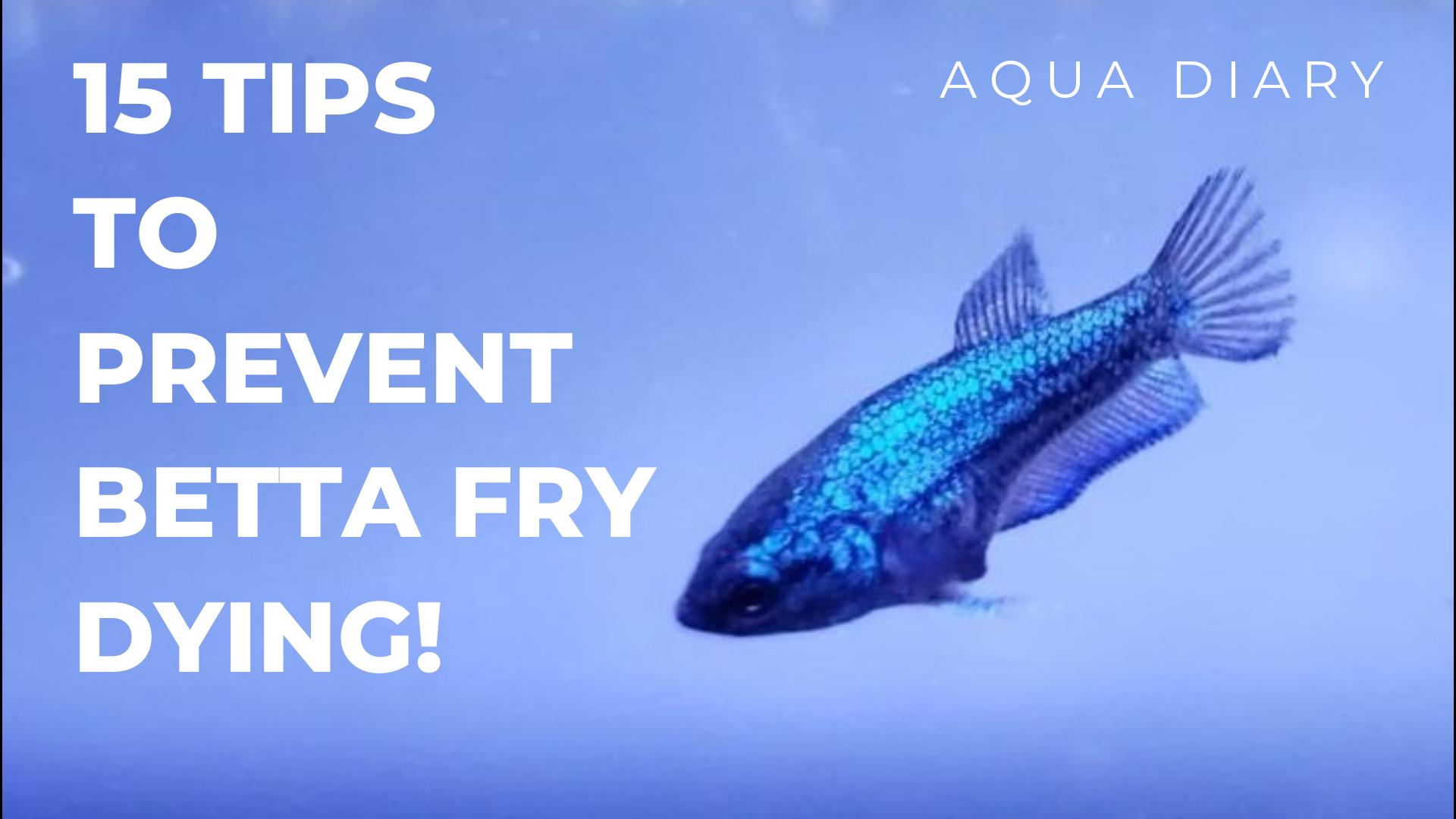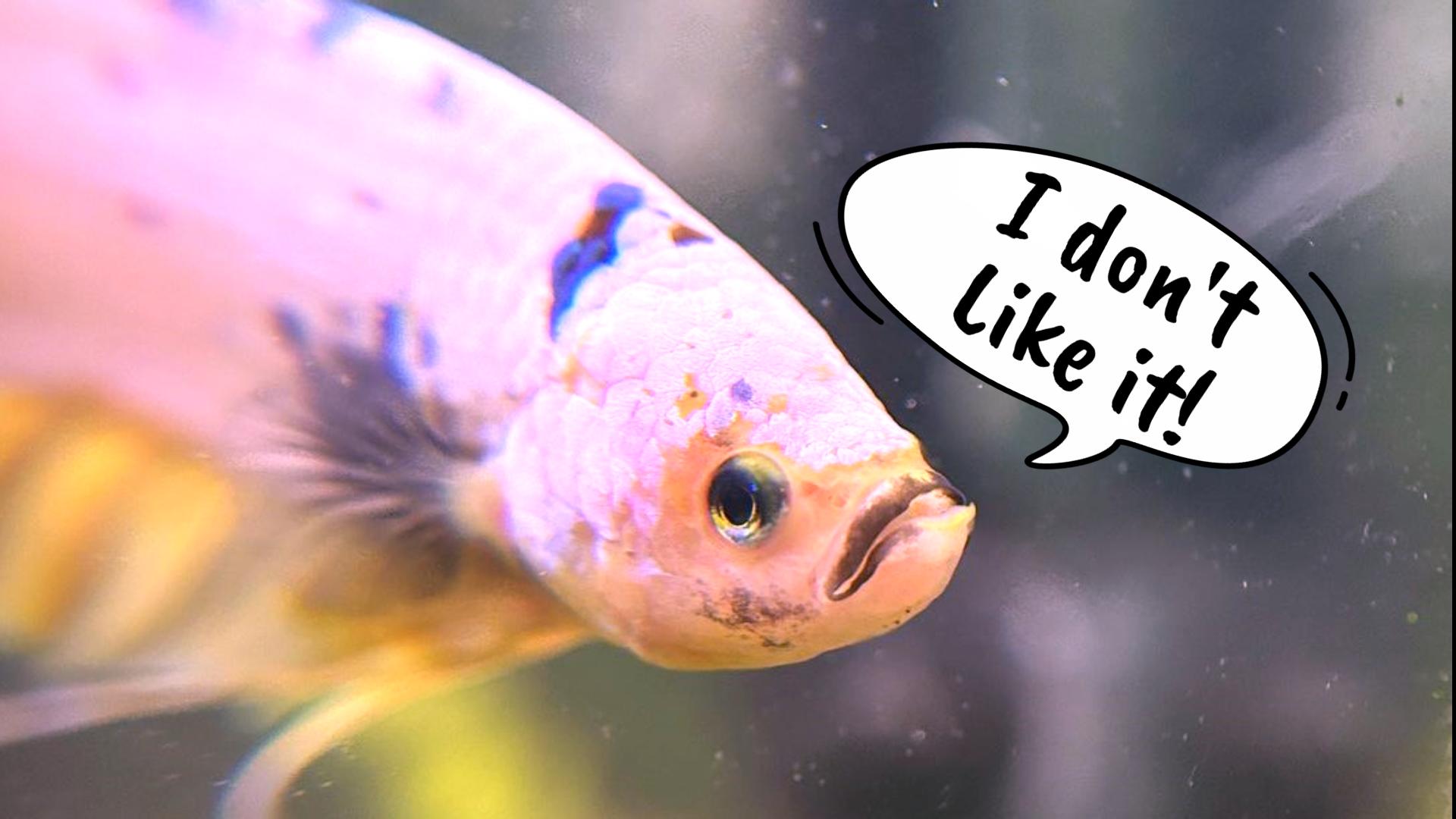Ammonia poisoning is a common problem in fish tanks that can have severe consequences for the health and well-being of aquatic inhabitants. It often occurs when ammonia levels in the tank become too high, posing a significant threat to fish such as bettas, goldfish, guppies, and clownfish, as well as other aquatic creatures like shrimp and axolotls.
Ammonia (NH3) is a toxic substance produced from the breakdown of organic waste, uneaten fish food, and fish excrement. In a well-established aquarium, beneficial bacteria convert ammonia into nitrites (NO2-) and then into nitrates (NO3-), which are less harmful. However, when the tank is not properly cycled or the biological filter is insufficient, ammonia levels can rise, leading to toxicity.
High ammonia levels can cause burns and inflammation in fish, particularly affecting their gills. This can result in respiratory distress and a range of symptoms such as gasping for air, lethargy, loss of appetite, and abnormal swimming patterns. Ammonia poisoning can also impact a fish’s brain, leading to disorientation and potential neurological damage.
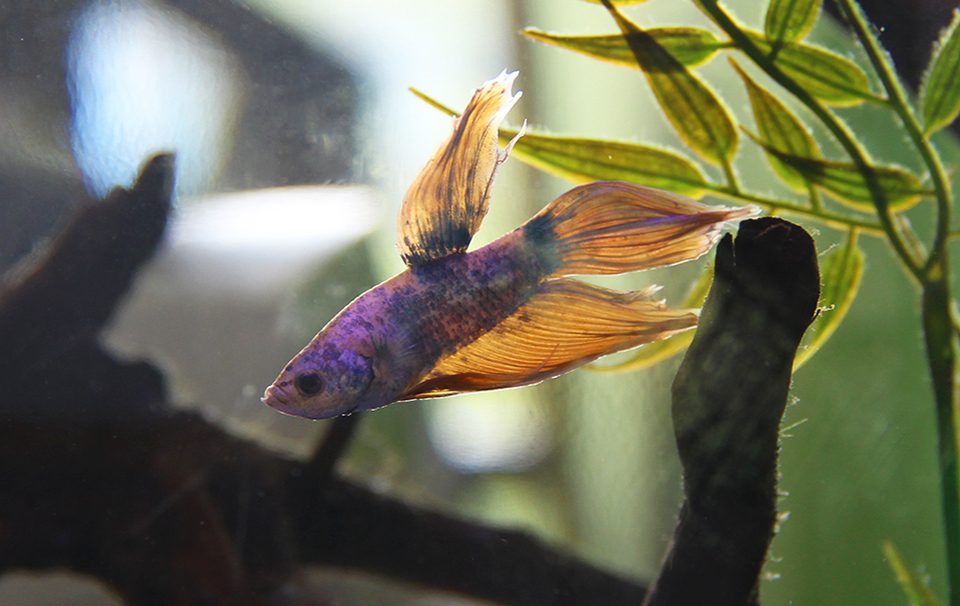
To fix ammonia issues in a fish tank
To address ammonia issues in your fish tank, regular ammonia level testing is crucial. If levels are elevated, immediate action is essential.
Begin by performing partial water changes, replacing some water with dechlorinated water. This helps dilute ammonia concentrations and eliminates toxins.
Besides water changes, it’s vital to tackle the ammonia problem’s root cause. Establishing and maintaining a proper nitrogen cycle is key. Beneficial bacteria must colonize the filter media and substrate.
You can expedite the cycling process by introducing a bacterial starter or using filter media from an established aquarium. Additionally, consider ammonia removers or neutralizers. These products temporarily bind and detoxify ammonia.
While they offer a short-term solution, they are not a permanent fix. Combine them with other measures to effectively address ammonia toxicity.
To prevent ammonia poisoning
Preventing ammonia poisoning involves avoiding tank overstocking, overfeeding, and neglecting maintenance. Regularly test water parameters: ammonia, nitrite, nitrate, pH, and temperature.
For a fish displaying signs of ammonia poisoning, act promptly. Isolate it in a clean, separate tank with pristine water. Enhance aeration and, if suitable, use aquarium salt to aid recovery and healing.
Remember, preventing ammonia poisoning is crucial for the overall well-being of your fish and other tank inhabitants. Regular maintenance, proper cycling, and responsible fishkeeping practices will help maintain healthy water conditions and minimize the risk of ammonia-related issues in your aquarium.

